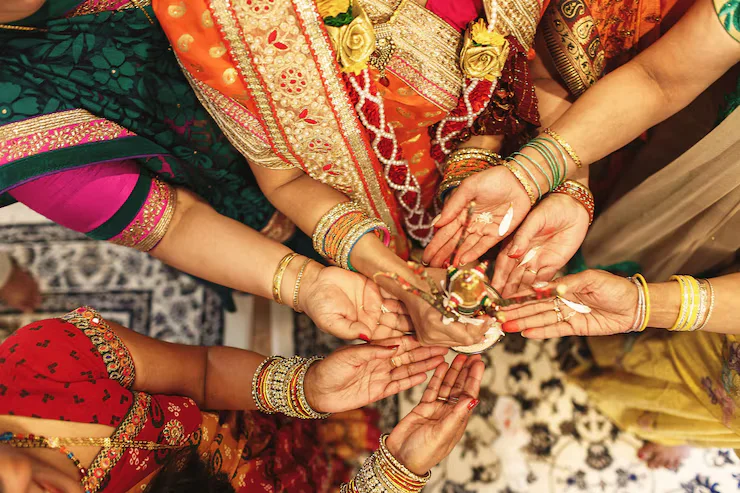Embracing Diversity: Exploring International Culture 🌍
Delve into the rich tapestry of international culture, where diverse traditions, customs, and beliefs converge to create a vibrant mosaic of human experience. Discover how the exchange of ideas, art, and values across borders and cultures enriches our understanding of the world and fosters unity, empathy, and appreciation for cultural diversity.
HUMAN PLANET – NEW YORK 2024
ARTIST: CRISTIAN DAMIAN GONZALEZ LAHMANN
CURATOR: TINGYI MARIA HUANG
The Rhythmmm Gallery New York presents the exhibition “Human Planet” by Cris during the month of April 2024 in Manhattan. The work consists of 3 interdisciplinary layers: Painting, Literature and Audiovisual focused by the theme Human Rights, Environment and Interculturality
The 13 paintings in the exhibition are in acrylic on canvas and will combine the style: Abstract and Conceptual Art. The book: Pasasporte Global will be presented in Spanish and English and there will be an audiovisual experience for viewers through images, videos and music that travels through communities around the world in more than 60 countries on 5 continents. The exhibitions in NY will be attended and attended by outstanding guests who are part of the Human Planet Team.
ABRIL 10 – Consulate of Argentina in New York, US
ABRIL 20 & 21 – Saphira & Venture Gallery New York, US
Introduction

International culture encompasses the diverse array of customs, traditions, languages, and beliefs that define societies around the world. In this article, we’ll embark on a journey to explore the beauty and complexity of international culture, celebrating the rich tapestry of human experience that unites us across borders and continents.
The Diversity of International Culture
Cultural Traditions and Festivals
From the colorful celebrations of Carnival in Brazil to the solemn rituals of Ramadan in the Middle East, cultural traditions and festivals offer a glimpse into the unique customs and beliefs of different societies. These annual events bring communities together to celebrate, commemorate, and honor their heritage, creating opportunities for shared experiences and cultural exchange that transcend language and nationality.
Cuisine and Culinary Traditions
Food is a universal language that speaks to the heart and soul of a culture, reflecting its history, geography, and social customs. Whether it’s the spicy flavors of Thai cuisine, the savory delights of Italian pasta, or the exotic spices of Indian curries, culinary traditions offer a taste of the world’s diverse cultures, inviting us to savor the flavors of distant lands and explore new culinary horizons.
Arts and Aesthetics
Art and aesthetics play a central role in shaping the cultural identity and expression of societies around the world. From the intricate patterns of Islamic architecture to the vibrant colors of African textiles, artistic traditions offer a window into the creative imagination and artistic sensibilities of different cultures, inspiring awe, wonder, and appreciation for the beauty and diversity of human creativity.
The Impact of Globalization on International Culture
Cultural Exchange and Collaboration
Globalization has facilitated unprecedented opportunities for cultural exchange and collaboration, allowing people from different backgrounds and traditions to connect, communicate, and collaborate in ways that were previously unimaginable. Through travel, trade, and technology, individuals and communities can share ideas, art, and values, fostering mutual understanding, respect, and appreciation for cultural diversity.
Challenges of Cultural Homogenization
Despite the benefits of cultural exchange, globalization has also led to concerns about cultural homogenization and the erosion of traditional cultural practices and identities. As Western cultural values and norms become increasingly dominant on the global stage, there is a risk of cultural diversity being lost or marginalized, leading to the loss of unique traditions, languages, and ways of life that enrich our collective human experience.
Empowering Marginalized Voices
In the face of cultural homogenization, efforts are underway to empower marginalized voices and preserve endangered cultural traditions and languages. Indigenous communities, ethnic minorities, and marginalized groups are reclaiming their cultural heritage and asserting their rights to self-determination, cultural autonomy, and representation in the global arena, ensuring that their voices are heard and their cultural contributions are valued and respected.

FAQs about International Culture
What is international culture and why is it important?
International culture encompasses the diverse customs, traditions, languages, and beliefs shared worldwide. It’s important because it fosters understanding, respect, and unity among diverse communities, promoting a more inclusive and harmonious world.
How does cultural exchange contribute to global understanding and cooperation?
Cultural exchange allows people to share perspectives, experiences, and values, fostering mutual understanding and empathy. It breaks down stereotypes, builds bridges, and promotes cooperation across borders.
What are some examples of traditional festivals celebrated around the world?
Traditional festivals like Diwali, Chinese New Year, and Oktoberfest celebrate cultural heritage and traditions, bringing communities together in joyous celebration and unity.
How does globalization impact cultural diversity and identity?
Globalization has both positive and negative impacts on cultural diversity and identity. While it facilitates cultural exchange and appreciation, it also poses risks of cultural homogenization and the loss of unique traditions.
How can individuals and communities promote cultural diversity and inclusion?
Individuals and communities can promote cultural diversity and inclusion through education, dialogue, and advocacy for policies that respect and protect cultural rights. By fostering empathy and understanding, we can create a more equitable and harmonious society.
What role does language play in shaping cultural identity and expression?
Language is integral to cultural identity, as it reflects unique worldviews and customs. It serves as a tool for communication, connection, and the transmission of cultural heritage from one generation to the next.
Conclusion
In conclusion, international culture is a celebration of the rich diversity of human experience that unites us as members of a global community. By embracing cultural diversity, fostering empathy and understanding, and promoting mutual respect and appreciation for different traditions and beliefs, we can build a more inclusive, equitable, and harmonious world where all cultures are valued, celebrated, and preserved for future generations to cherish and enjoy.
Contact CRIS GONZALEZ INTERNATIONAL STUDIO 📞

Looking to get in touch? Here’s how you can reach out to Cristian Damian Gonzalez Lahmann, the heart behind our artistic endeavors and social research initiatives:
📱 Social Media:
- Facebook: Cris Internacional
- Instagram: Cris Internacional
- Twitter: Cris RRII
- Linkedin: Cris Internacional
- Youtube: Cris Internacional
📧 Email: [email protected]
📞 Phone/WhatsApp: +41767664121
🏢 Address: CRIS GONZALEZ INTERNATIONAL STUDIO Leuernweg 32, 3250 Lyss Canton of Bern, Switzerland
🌐 Website: Cris International
Feel free to connect with us for inquiries, collaborations, or simply to say hello! We look forward to hearing from you. ✨
